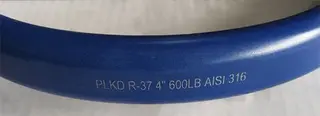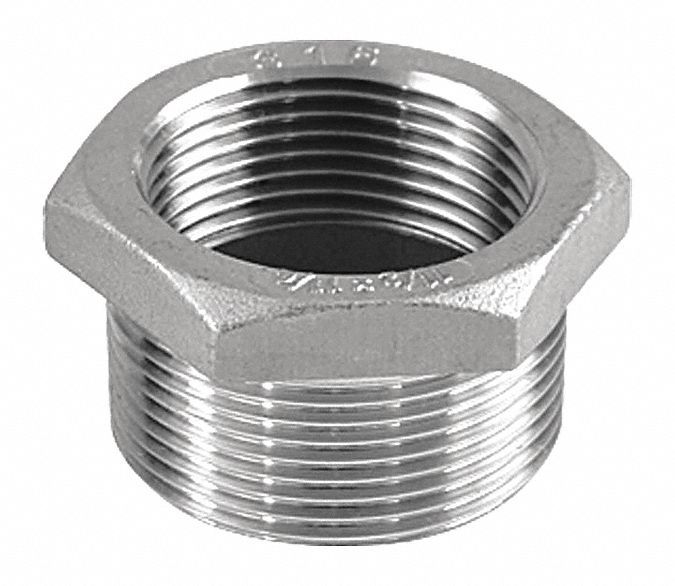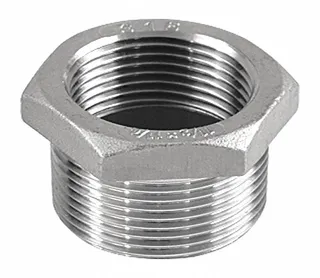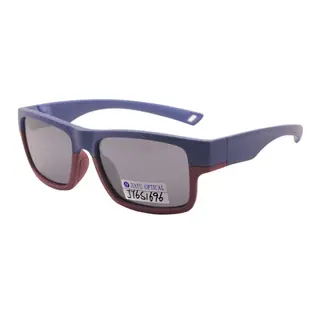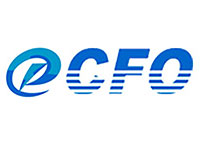Classification of FTTx
FTTx technology is mainly used in fiber-based access networks, ranging from regional telecommunications room of the central office to the terminal equipment. The central office equipment is the Optical Line Terminal (OLT); the user equipment is the Optical Network Unit (OUN) or Optical Network Terminal (ONT). According to its distance to users, it can be divided into several types: Fiber To The Cabinet (FTTCab); Fiber To The Curb (FTTC); Fiber To The Building (FTTB) and Fiber To The Home (FTTH).
1. FTTC
Currently, the FTTC is the most primary form of services, mainly for the residential users. The ONU equipment is placed in a roadside cabinet, and transmits CATV or telephone and Internet signals to users through coaxial cables.
2. FTTB
According to its users, the FTTB can be classified into two groups: one is to service users in apartment buildings; the other is to service signals of companies in commercial buildings. These two kinds of FTTB both set ONU in the wiring box of basemen in the building. The ONU of apartment is an extension of FTTC, and the medium and large enterprises of commercial buildings is to improve its transmission rate, and provide service of high-speed data, e-commerce, video conferencing and other broadband services.
3. FTTH
As for FTTH, ITU believes the fiber ends from the photoelectric converter (or called media converters MC) to the user's desktop is not more than 100 meters can be called as FTTH. FTTH extends fiber optic to users’ home, so the family can enjoy different kinds of broadband service, for instance, VOD, shopping at home, school at home and other business opportunities. If the FTTH combined with WLAN technology, that will makes the combination of broadband and mobile and can achieve the prospect of broadband digital home in the future.
1. FTTC
Currently, the FTTC is the most primary form of services, mainly for the residential users. The ONU equipment is placed in a roadside cabinet, and transmits CATV or telephone and Internet signals to users through coaxial cables.
2. FTTB
According to its users, the FTTB can be classified into two groups: one is to service users in apartment buildings; the other is to service signals of companies in commercial buildings. These two kinds of FTTB both set ONU in the wiring box of basemen in the building. The ONU of apartment is an extension of FTTC, and the medium and large enterprises of commercial buildings is to improve its transmission rate, and provide service of high-speed data, e-commerce, video conferencing and other broadband services.
3. FTTH
As for FTTH, ITU believes the fiber ends from the photoelectric converter (or called media converters MC) to the user's desktop is not more than 100 meters can be called as FTTH. FTTH extends fiber optic to users’ home, so the family can enjoy different kinds of broadband service, for instance, VOD, shopping at home, school at home and other business opportunities. If the FTTH combined with WLAN technology, that will makes the combination of broadband and mobile and can achieve the prospect of broadband digital home in the future.

Send your message to this supplier
Related Articles from the Supplier
Classification of FTTx
- Oct 21, 2015
Classification of Fiber Optic Adapter
- Oct 08, 2015
Advantages of Fiber Optic Transmission
- Jul 15, 2015
Introduction of Fiber Optic Patch Cord
- Sep 23, 2015
Introduction of Optical Fibers
- Jul 07, 2015
Advantages of Fiber Optic Communication
- Oct 14, 2015
Splice Loss of Fiber Optic Connectors
- May 25, 2015
Features of Fiber Optic Patch Panels
- Feb 17, 2016
Related Articles from China Manufacturers
Classification of Gaskets
- Apr 02, 2023
Classification of Metal Gaskets
- Apr 14, 2023
Classification Of Check Valves
- Dec 14, 2024
Classification Of Ball Valves
- May 03, 2018
Classification of gate valves
- Jul 11, 2018
General Classification of Pipe Fittings
- Jul 19, 2022
Classification of Valves
- Jan 20, 2022
General Classification of Pipe Fittings
- Jun 19, 2020
Related Products Mentioned in the Article
Nokoxin Technology Co., Ltd.
- Address: 3F, Building No.2, Jiayiyuan Technical Park, Huaning Road, Dalang, Longhua District, Shenzhen, China.
- Phone: +86 0755-61562392
- Business Type: Manufacturer, Trading,
Supplier Website
Source: http://www.carefiber.com/classification-of-fttx.html










